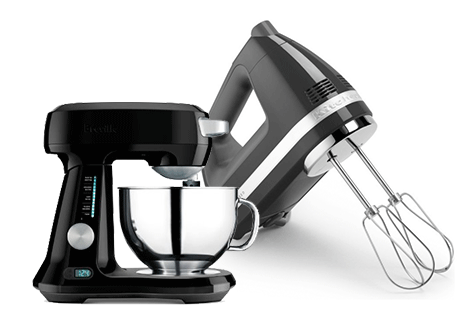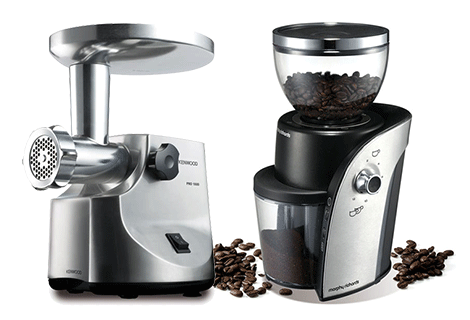Breastfeeding
It's been six weeks since our daughter, Clementine, was born. She's finally sleeping better and going longer between feedings. She's also becoming more alert when she's awake. My husband and I, on the other hand, feel like we've been hit by a truck. I'm amazed that we've muddled through. Here are tips from seasoned parents and baby experts to make your first month easier.
Hints for Nursing
Babies eat and eat and eat. Although nature has done a pretty good job of providing you and your baby with the right equipment, in the beginning it's almost guaranteed to be harder than you expected. From sore nipples to tough latch-ons, nursing can seem overwhelming.
1. Women who seek help have a higher success rate. "Think of ways to ensure success before you even give birth," suggests Stacey Brosnan, a lactation consultant in New York City. Talk with friends who had a good nursing experience, ask baby's pediatrician for a lactation consultant's number, or attend a La Leche League (nursing support group) meeting (see laleche.org to find one).
2. Use hospital resources. Kira Sexton, a Brooklyn, New York, mom, says, "I learned everything I could about breastfeeding before I left the hospital." Ask if there's a nursing class or a lactation consultant on staff. Push the nurse-call button each time you're ready to feed the baby, and ask a nurse to spot you and offer advice.
3. Prepare. At home, you'll want to drop everything to feed the baby the moment she cries for you. But Heather O'Donnell, a mom in New York City, suggests taking care of yourself first. "Get a glass of water and a book or magazine to read." And, because breastfeeding can take a while, she says, "pee first!"
4. Try a warm compress if your breasts are engorged or you have blocked ducts. A heating pad or a warm, wet washcloth works, but a flax pillow (often sold with natural beauty products) is even better. "Heat it in the microwave, and conform it to your breast," says Laura Kriska, a mom in Brooklyn, New York.
5. Heat helps the milk flow, but if your breasts are sore after nursing, try a cold pack. Amy Hooker, a San Diego mom, says, "A bag of frozen peas worked really well for me."
6. If you want baby to eventually take a bottle, introduce it after breastfeeding is established but before the 3-month mark. Many experts say 6 to 8 weeks is good, but "we started each of our kids on one bottle a day at 3 weeks," says Jill Sizemore, a mom in Pendleton, Indiana.
Sleeping
If your
infant isn't eating, he's probably sleeping. Newborns log as many as 16 hours of sleep a day but only in short bursts. The result: You'll feel on constant alert and more exhausted than you ever thought possible. Even the best of us can come to resent the severe sleep deprivation.
7. Stop obsessing about being tired. There's only one goal right now: Care for your baby. "You're not going to get a full night's sleep, so you can either be tired and angry or just tired," says Vicki Lansky, author of Getting Your Child to Sleep...and Back to Sleep (Book Peddlers). "Just tired is easier."
8. Take shifts. One night it's Mom's turn to rock the cranky baby, the next it's Dad's turn. Amy Reichardt and her husband, Richard, parents in Denver, worked out a system for the weekends, when Richard was off from work. "I'd be up with the baby at night but got to sleep in. Richard did all the morning care, then got to nap later."
9. The old adage "Sleep when your baby sleeps" really is the best advice. "Take naps together and go to bed early," says Sarah Clark, a mom in Washington, D.C.
10. What if your infant has trouble sleeping? Do whatever it takes: Nurse or rock baby to sleep; let your newborn fall asleep on your chest or in the car seat. "Don't worry about bad habits yet. It's about survival -- yours!" says Jean Farnham, a Los Angeles mom.











